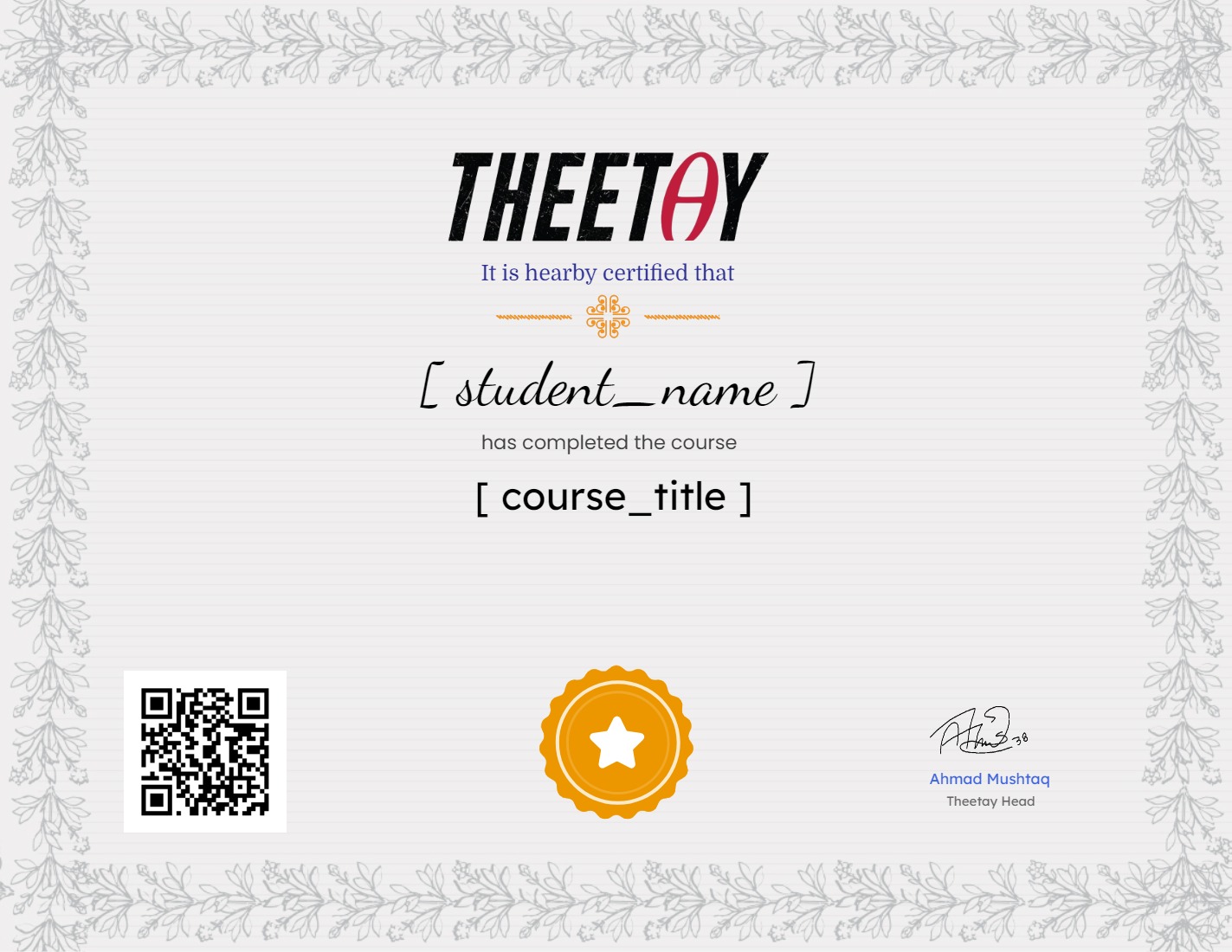Node-RED and ESP32 Project

About Course
Updated December 2022 to support Node-Red version 3
In December 2022, we added a new section with eight lectures that cover Node-RED version 3.
With these lectures, you will learn how to upgrade your Node-RED instance to version 3 and use the most important new and updated features.
——————————
Updated June 2022 to support Node-Red version 2.2.2+ and Node.js 16.
More details about this update: We have added ten new lectures that show you how to update Node-Red to version 2.2.2, and Node.js to version 16, as well as how to use several of the new nodes that come with Node-Red 2.
There’s also a lecture showing you how to complete this project without having to set up an actual terrarium so that you can learn without the mess.
————————————-
This course teaches you how to design and build an automated control system using Node-RED and the ESP32.
This course will guide you through the construction of an automated control system. The deliverable is a Terrarium controller.
Along the way, you will learn a great deal about useful technologies such as the Node-Red programming environment and MQTT.
This course is perfect for makers familiar with the ESP32 and interested in learning how to use it alongside Node-RED.
Node-RED is a lightweight graphical programming tool. You can use it to join various hardware and software components and create applications such as the automated terrarium controller in this course.
Node-RED is used in a range of settings. Makers create home automation applications, and organisations use it to automate their factory floors, among many other possibilities.
The ESP32 is a powerful low-cost microcontroller with built-in Wi-Fi that we can program with the familiar Arduino IDE. Its “call to fame” is that it makes it easy for anyone familiar with the Arduino to leverage their knowledge and create gadgets that need more memory and processing power than what the Arduino Uno can provide, in addition to Wifi and Bluetooth. All this at a lower price point.
Course Content
01. Introduction
-
A Message from the Professor
-
001. 01.10 What is this course about.mp4
00:00 -
002. 01.20 Software requirements.mp4
00:00 -
003. 01.30 Hardware requirements.mp4
00:00 -
004. 01.40 How to make the most out of this project.mp4
00:00 -
005. 01.50 Node-RED versions (watch before you continue).mp4
00:00 -
006. Please download the project archive.html
00:00 -
Section Quiz
02. 02 – The completed controller circuit
03. 04 – Prepare your Raspberry Pi
04. 05 – Getting started with Node-RED
05. 06 – Node-RED dashboard
06. 07 – MQTT on the Raspberry Pi with Mosquitto
07. 08 – MQTT and Node-RED experiments
08. 09 – Terrarium project, prototype 1 soil moisture sensing
09. 10 – Terrarium project, prototype 2 Voltage sensing
10. 11 – Terrarium project, prototype 3 Google Sheet data logging
11. 12 – Terrarium project, prototype 4 Add humidity threshold control to Dashboard
12. 13 – Add Task Scheduler
13. 14 – Setup the terrarium with the actual soil sensor
14. Node-RED 2 upgrade and features
15. 19 – Recipes
16. Conclusion and Bonus Lecture
Earn a certificate
Add this certificate to your resume to demonstrate your skills & increase your chances of getting noticed.

Student Ratings & Reviews


